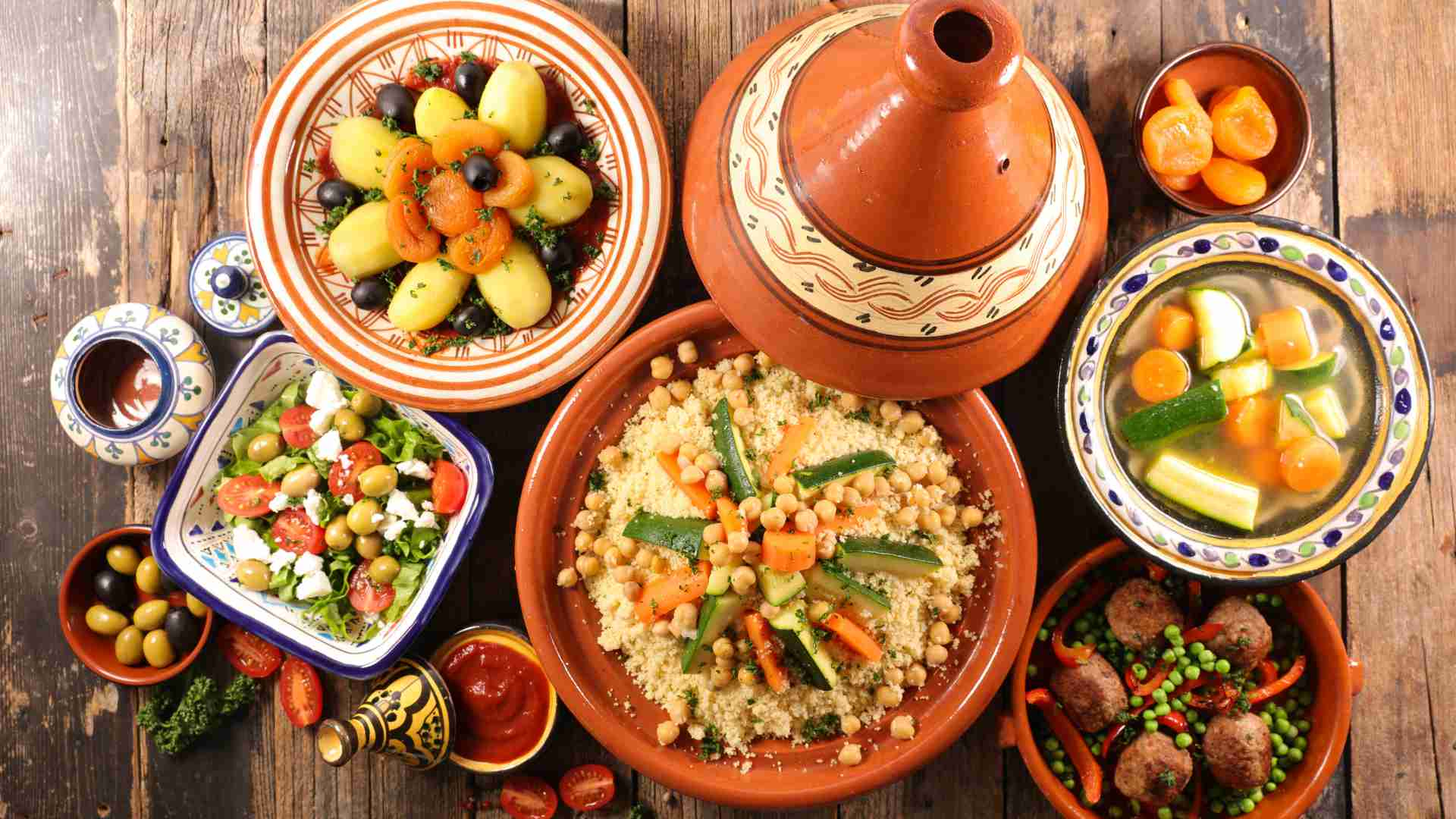Musté: The Hidden Culinary Gem You’ll Wish You Discovered Sooner
Every once in a while, a single ingredient comes along that changes the way we look at food. Musté is exactly that kind of ingredient. With its naturally sweet yet tangy flavor, this thick, smooth creation has been used for centuries but is only now getting the attention it truly deserves.
In this detailed guide, we will explore what musté is, why it’s so unique, how to use it in your kitchen, and even a few surprising health benefits that might make you want to add it to your daily routine.
What Makes Musté So Special?
Musté stands out because it offers both flavor complexity and culinary flexibility. Imagine something that has the rich depth of molasses, the fruity brightness of grape juice, and just enough acidity to keep your palate interested. That’s musté in a nutshell.
It is traditionally made from grape must — freshly pressed grape juice before it undergoes fermentation. Because it is unfermented, it keeps its natural sweetness but also retains that delicate, almost wine-like tang that makes it so exciting in cooking.
The result? A thick, velvety product that you can drizzle, glaze, mix, or simply enjoy on its own.
Quick Snapshot: Musté at a Glance
| Aspect | Musté Details |
|---|---|
| Flavor | Naturally sweet with a subtle tang |
| Texture | Thick, smooth, syrup-like |
| Main Source | Fresh grape must |
| Best Uses | Sauces, marinades, dessert toppings, drinks |
| Health Value | Antioxidants, vitamins, natural sugars |
| Diet Friendly | Vegan, gluten-free, additive-free |
| Shelf Life | Months if stored properly |
| Culinary Vibe | Mediterranean meets modern gastronomy |
This quick info table shows why chefs and foodies alike love experimenting with musté.
The Fascinating Roots of Musté
Musté isn’t a new invention — it’s a rediscovery. Its origins go back centuries, especially in Mediterranean regions where grapes were plentiful. Ancient cooks discovered that boiling down fresh grape must created a syrup that could be stored and used throughout the year.
In Italy, a similar product called mosto cotto became a household staple, often used to sweeten pastries, coat meats, or drizzle over cheese. The tradition carried forward into other countries where musté slowly became part of seasonal harvest celebrations and family recipes.
Today, it has stepped outside its regional roots and is making its way into international kitchens. This revival is part of the larger movement toward natural, whole-food ingredients.
Why Chefs Are Obsessed with Musté
Modern chefs love ingredients that are multi-functional — and musté fits the bill perfectly. It can be sweet, savory, or even both at the same time. Its flavor complexity means it can replace sugar, honey, or balsamic glaze in many dishes, offering a deeper, more rounded taste.
Restaurants use it in creative ways, like:
- Drizzling musté over burrata or ricotta for an elegant appetizer
- Pairing it with roasted duck or lamb for a glossy finish
- Mixing it into house cocktails for a fruity, earthy twist
- Using it as a secret ingredient in barbecue sauces for depth
When you bring musté into your own kitchen, you get to enjoy this same level of creativity without the restaurant price tag.
Musté Flavor Profile: A Sensory Experience
When you taste musté for the first time, you’ll notice three layers of flavor:
- Initial Sweetness – A soft, natural sweetness hits first, similar to grape nectar.
- Gentle Acidity – A slight tang follows, preventing it from being too sugary.
- Earthy Finish – A rich, grounded aftertaste lingers, leaving you wanting more.
This makes musté the perfect ingredient to balance out fatty meats, fresh fruits, or creamy dishes.
Fun Ways to Use Musté in Everyday Cooking
You don’t need to be a Michelin-starred chef to use musté. Here are some approachable, everyday ideas:
Make Your Breakfast Interesting
Add a spoonful of musté to your morning oatmeal, yogurt, or smoothie bowl. It naturally sweetens your breakfast while giving it a gourmet twist.
Upgrade Your Lunch Salad
Whisk musté with olive oil, lemon juice, and a pinch of salt to create a quick homemade vinaigrette. This is especially good on salads with nuts, cheese, and roasted vegetables.
Give Your Dinner a Gourmet Touch
Brush musté over grilled chicken, pork chops, or salmon during the last few minutes of cooking. It will caramelize slightly, adding a shiny glaze and a flavor boost.
A Dessert Drizzle You’ll Love
Ice cream, cheesecake, and even simple pound cake taste more luxurious with a drizzle of musté. It feels indulgent but is still naturally made.
Creative Drinks
Mix musté into soda water with a squeeze of lime for a refreshing non-alcoholic spritzer. Or combine it with gin, lemon juice, and tonic for a sophisticated cocktail.
Nutritional and Health Benefits
Musté isn’t just tasty — it’s also packed with natural goodness. Since it comes from fresh grapes, it carries several of the health benefits associated with grape products:
- Rich in Antioxidants – Helps protect your cells from damage.
- Supports Heart Health – Compounds in grape must are linked to improved blood flow.
- Natural Energy Boost – The natural sugars provide energy without artificial additives.
- Digestive Support – The mild acidity can help stimulate digestion after heavy meals.
Of course, musté should still be enjoyed in moderation, especially if you are watching your sugar intake.
Musté vs. Other Sweeteners
If you’re wondering why you should pick musté over maple syrup, molasses, or honey, here’s the answer: balance.
- Maple syrup is purely sweet but lacks tang.
- Honey has floral notes but can overpower delicate dishes.
- Molasses is deep and robust but can be slightly bitter.
Musté sits right in the middle — sweet but complex, tangy but not sour, versatile without dominating the dish.
Storing and Handling Musté
Once you buy musté, keep it in a cool, dry place. After opening, seal it tightly to maintain freshness. Because it is naturally concentrated, it doesn’t spoil quickly, making it easy to keep on hand for weeks or months.
Tip: If your kitchen is warm, refrigerate musté after opening to maintain its thickness and prevent fermentation.
Musté and Culinary Pairings
One of the most enjoyable parts of experimenting with musté is pairing it with other foods. Some excellent combos include:
- Cheese: Brie, feta, and gorgonzola work beautifully with musté.
- Fruits: Strawberries, figs, pears, and oranges pop with a drizzle of musté.
- Nuts: Walnuts or almonds roasted with a musté glaze are an addictive snack.
- Savory Proteins: Pork belly, roast chicken, or even tofu benefit from its depth.
Homemade Musté: A DIY Option
If you can’t find musté in stores, you can make a simple version at home:
- Start with fresh grape juice (unsweetened).
- Pour it into a saucepan and bring to a simmer.
- Cook slowly over low heat, stirring occasionally, until it reduces by half and thickens.
- Let it cool and store in a glass jar.
This homemade version won’t be identical to traditional musté but will still capture the sweet-tangy essence and work well in most recipes.
Why Musté Deserves a Spot in Your Pantry
In today’s world, where we are surrounded by artificial sweeteners and overly processed ingredients, musté feels refreshingly real. It connects us back to ancient traditions, to slow cooking, and to using ingredients as they were meant to be used — in their natural, flavorful form.
It’s not just an ingredient, it’s a culinary experience. By adding musté to your kitchen, you’re not just cooking food — you’re telling a story, experimenting with flavors, and making every meal feel special.
Final Word
If you’ve never tried musté, now is the perfect time to explore it. Its unique balance of sweetness, tanginess, and depth can completely transform your cooking. From roasted vegetables to creative cocktails, musté has a place in every meal of the day.
Next time you’re planning a dinner or even a quick weekday lunch, reach for musté and see the difference. You might just discover your new favorite kitchen essential.




